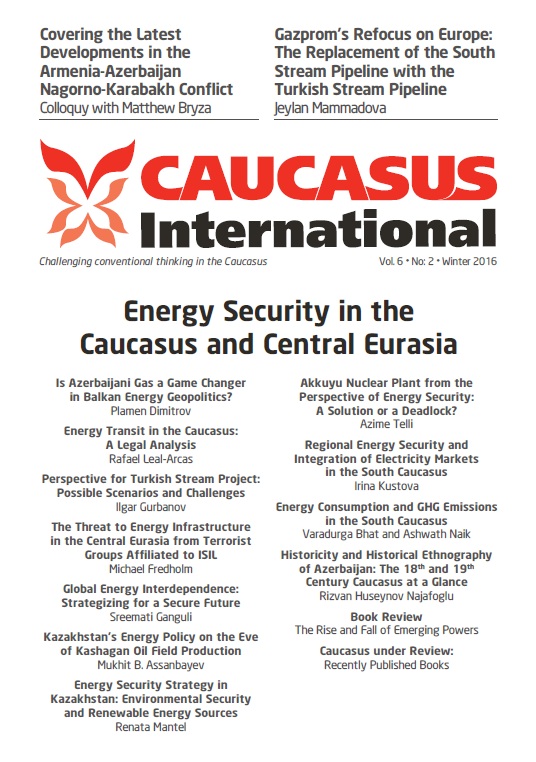The Threat to Energy Infrastructure in the Central Eurasia from Terrorist Groups Affiliated to ISIL
In 2015, the Islamic State of Iraq and the Levant (ISIL) announced the establishment of its Khorasan Province, said to encompass “Afghanistan, Pakistan, and other nearby lands.” Soon after, ISIL proclaimed its Caucasus Province. However, the war in Syria and Iraq is going badly for ISIL. Losing ground in its heartland, ISIL fighters will have to turn elsewhere, which for many would mean returning to the Caucasus or Central Eurasia. They will aim to continue the fight there, using the tactics they learnt in Syria and Iraq. While the Caucasus and Central Eurasia have faced jihadist terrorism, these regions have largely been spared one of the tactics successfully employed by ISIL and its predecessor, Al-Qaida in Iraq: attacks on the energy infrastructure. Potential targets include production, processing, transmission, storage, and distribution facilities. The energy sector contains an abundance of soft targets, and the fact that successful attacks also may harm Western, Russian, and Chinese interests in addition to those of Turkey, Georgia, Azerbaijan, and the Central Asian republics will appeal to jihadists. This article will examine how jihadist groups have targeted energy infrastructure elsewhere and assess the likelihood of similar attacks in the Caucasus and Central Eurasia.
Latest news
- 03/17/2020 Call for Submission: “Non-Alignment Movement and Its Perspective in International Affairs”. Deadline: 1 July 2020 2624 views
Popular articles
- 02/24/2020 The Role of Irredentism in Russia’s Foreign Policy 2535 views
- 02/24/2020 Construction of sub-national identity vis-à-vis parent state: Gagauz case in Moldova 2218 views
- 02/24/2020 The Conflict in Ukraine - The Geopolitics of Separatism and Divergent Identities (Commentary) 2072 views
- 02/24/2020 The Role of the Soviet Past in Contemporary Georgia 2044 views





